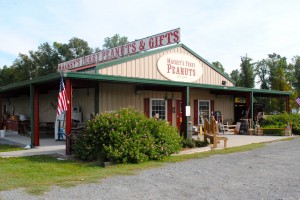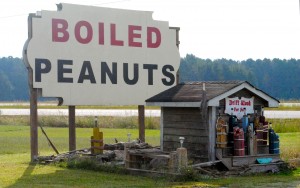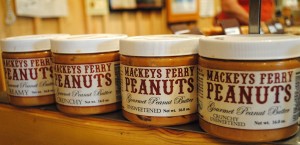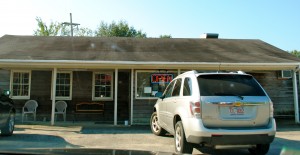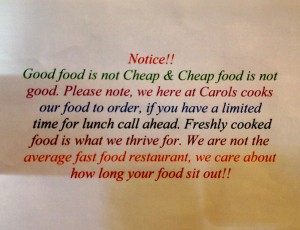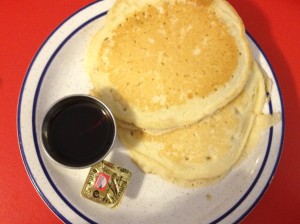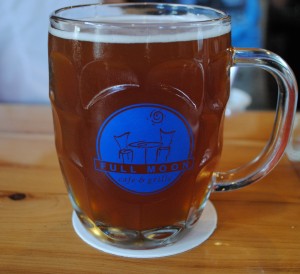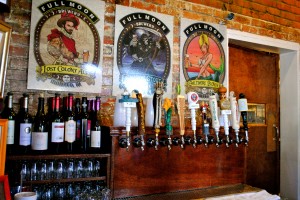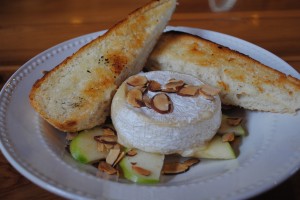By Noah Manneville, 2013
Warren Crowder is a local- not a native- to Columbia, North Carolina. Though he went to high school in Columbia, he is a self-proclaimed nomad who spends most of his time traveling around the state to improve his metallurgy skills. A blacksmith by trade, Crowder has been working with metal for the past four years but has had an interest in the art of metalworking all his life. He takes particular pride in his tools — he keeps a plethora of hammers of all sizes, tongs, calipers, and other tools— none too complex, but all necessary. A self-proclaimed pyromaniac, Crowder says, “It isn’t fun unless it’s at least 1400 degrees.”
Crowder began his official training at the College of Albemarle in Manteo, North Carolina. He studied welding technology under enamellist Catherine Osgood and blacksmith Randy Hodges, a member of the Kill Devil Hills Cooperative. When asked why he chose metalworking, Crowder replied “It’s a passion. I just hope I can eat off it these days.” Though he wasn’t forging anything at the time I met him, Crowder is constantly reexamining and reworking his old items, and pens new ideas on paper before even lighting a fire.
Unlike other artists, Crowder does not focus on any specific region with his art. He is inspired by myths from all over the world, and his work reflects this interest — most of his pieces are based on mythology. An impressive work of Crowder’s is an intricately formed wolf’s head, meant to represent a kamui, an ancient Japanese god worshipped by the ancestral inhabitants of the Japanese islands. Crowder explained that the original worshippers of the nature gods were small, hairy, blue-eyed residents of the northern Japanese islands, much different in stature and culture from the current Japanese majority. Crowder has also formed a magnificent bust of Odin, the most powerful character in the Norse pantheon of gods. True to myth, Crowder’s Odin has one eye, and on the back of the head, ancient runes spell out Odin’s name. Crowder has also drawn from African and Arabian myths, which have inspired him to create a bust of a legendary Benin king and a sculpture of the Eye of Ra. Nowadays Crowder is expanding his repertoire to encompass enamel work, including shell enameling (much harder than pure metalwork because of the delicacy of the shells) and jewelry. He posts photos of his work online, and works in conjunction with other architects at the Kill Devil Hills Cooperative, though he is not a member. His work is a labor of love, one that he has made into a career.
When I met Crowder at the Scuppernong River Festival in Columbia on October 12, 2013, he was seated behind a small, unadorned table with his works on display. When I asked him about the story behind a certain piece, he would jump into the tale with enthusiasm and vigor. He seemed to take great pride in the fact that his art was keeping the tale of these displaced people alive. I realized that this was not just the case for the kamui; Crowder’s art is helping keep the very skill of blacksmithing alive. In an age where factories produce everything we rely on, the idea that forging something out of metal with no purpose other than beauty is an idea that we, the products of an electronic age, rarely comprehend. Crowder is one of the few who understands the beauty in a solid piece of raw metal, and by extracting that beauty with fire and hammer, he proves himself an innovator.

